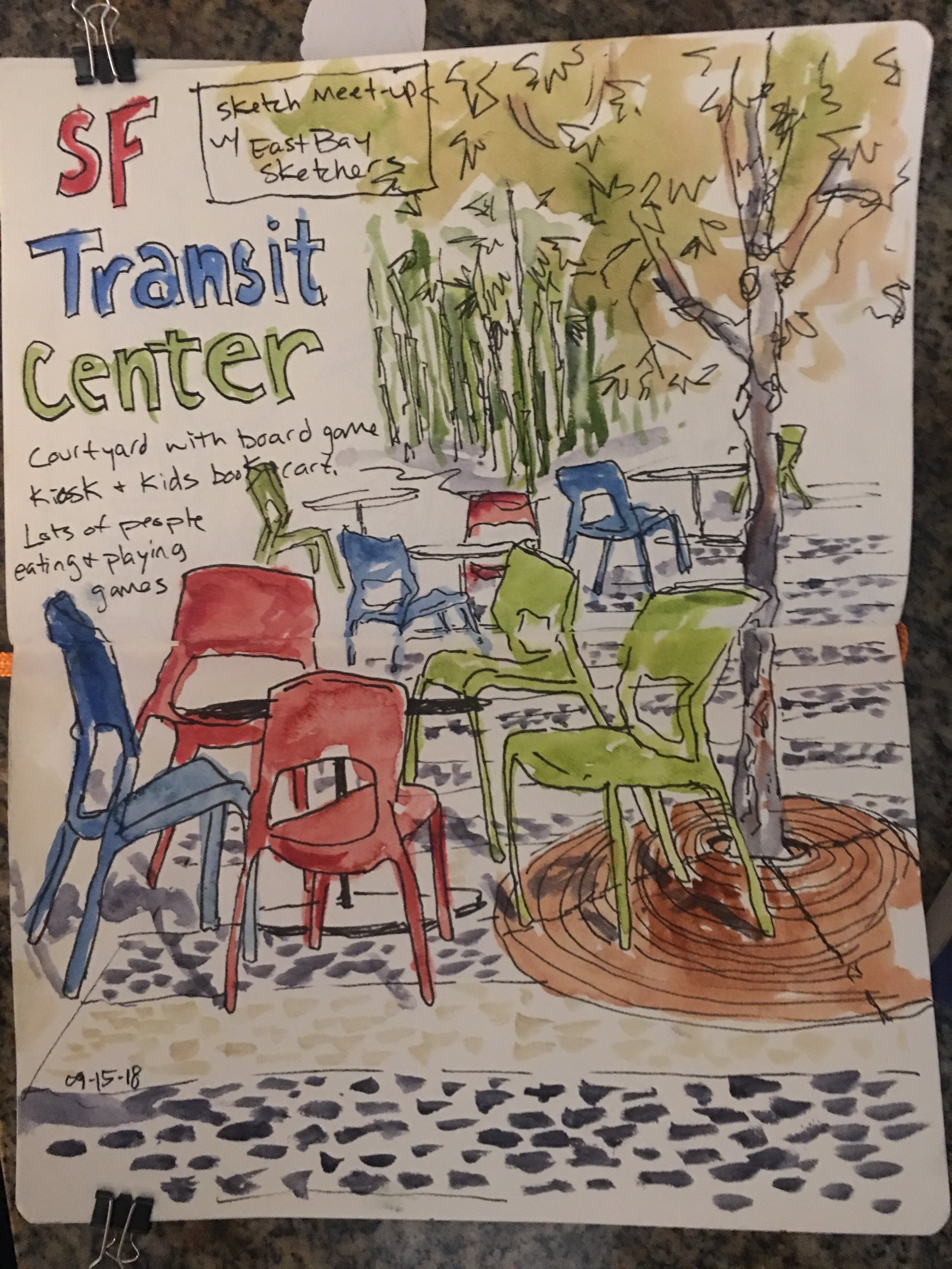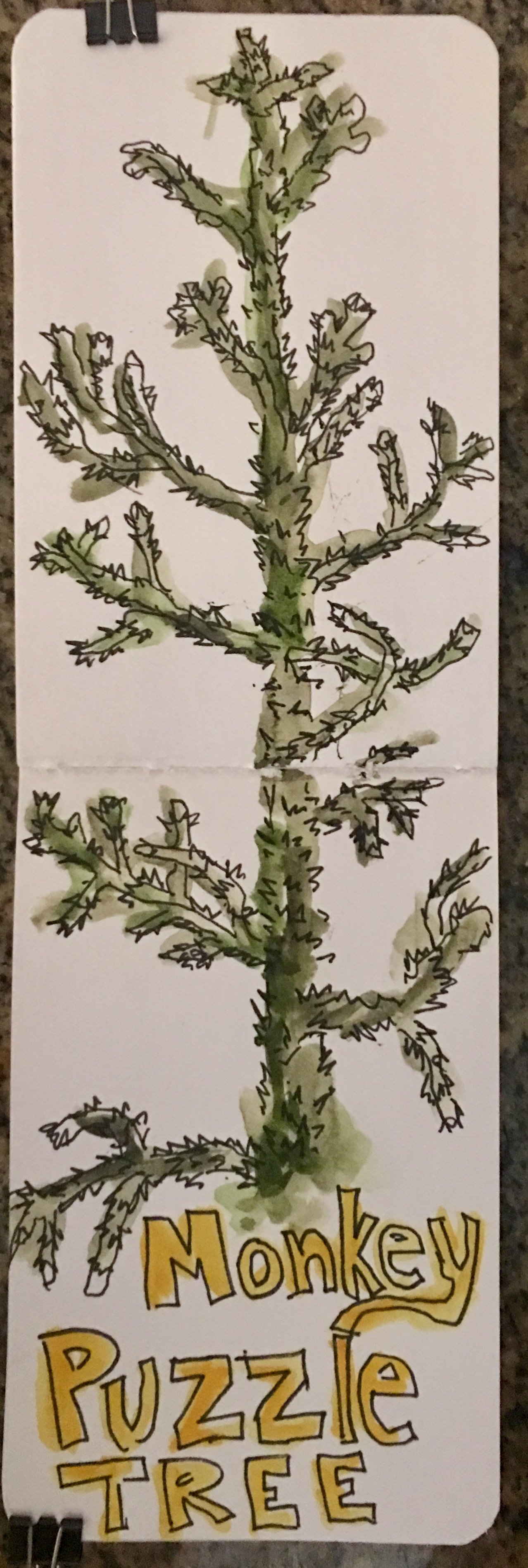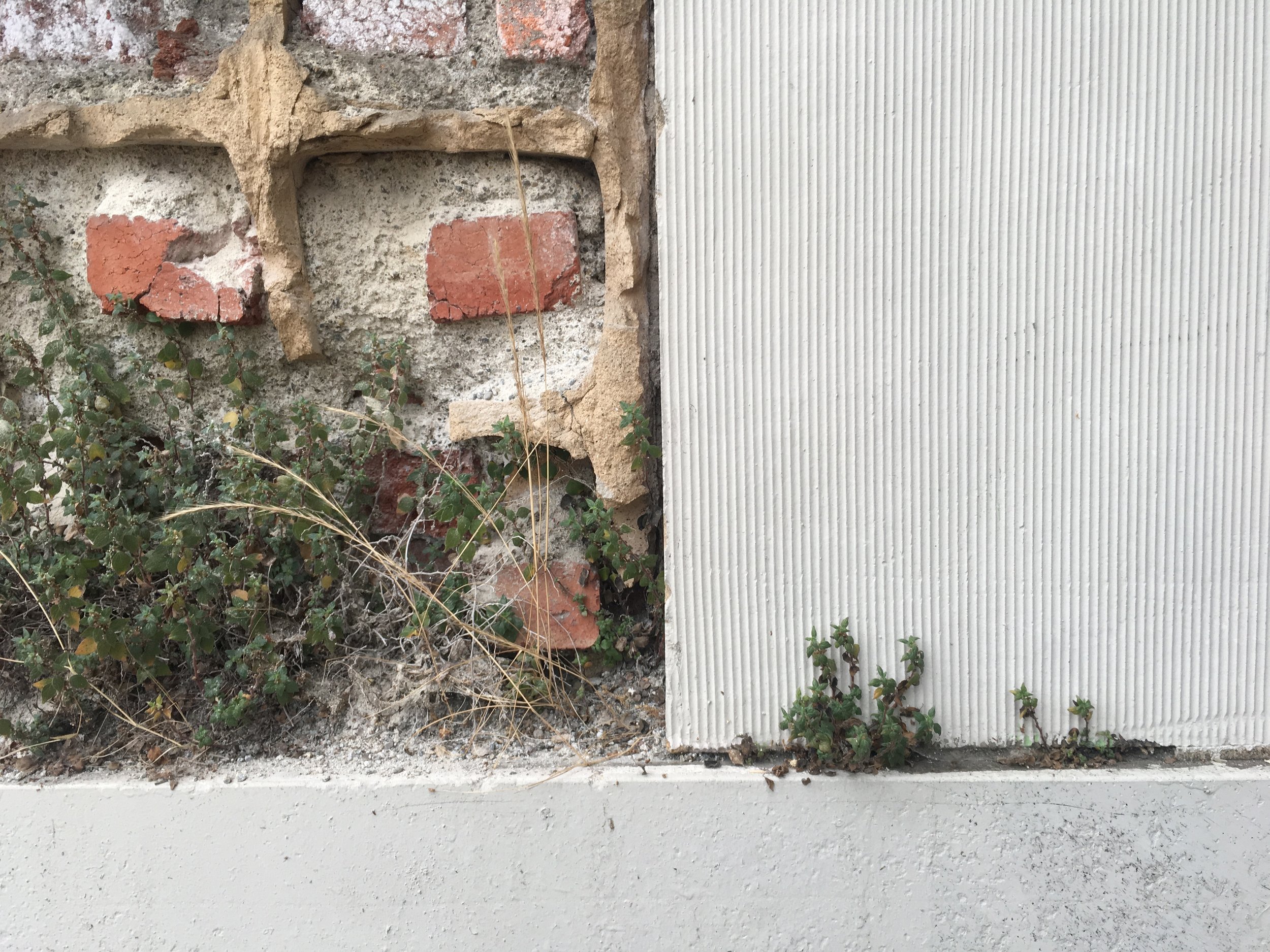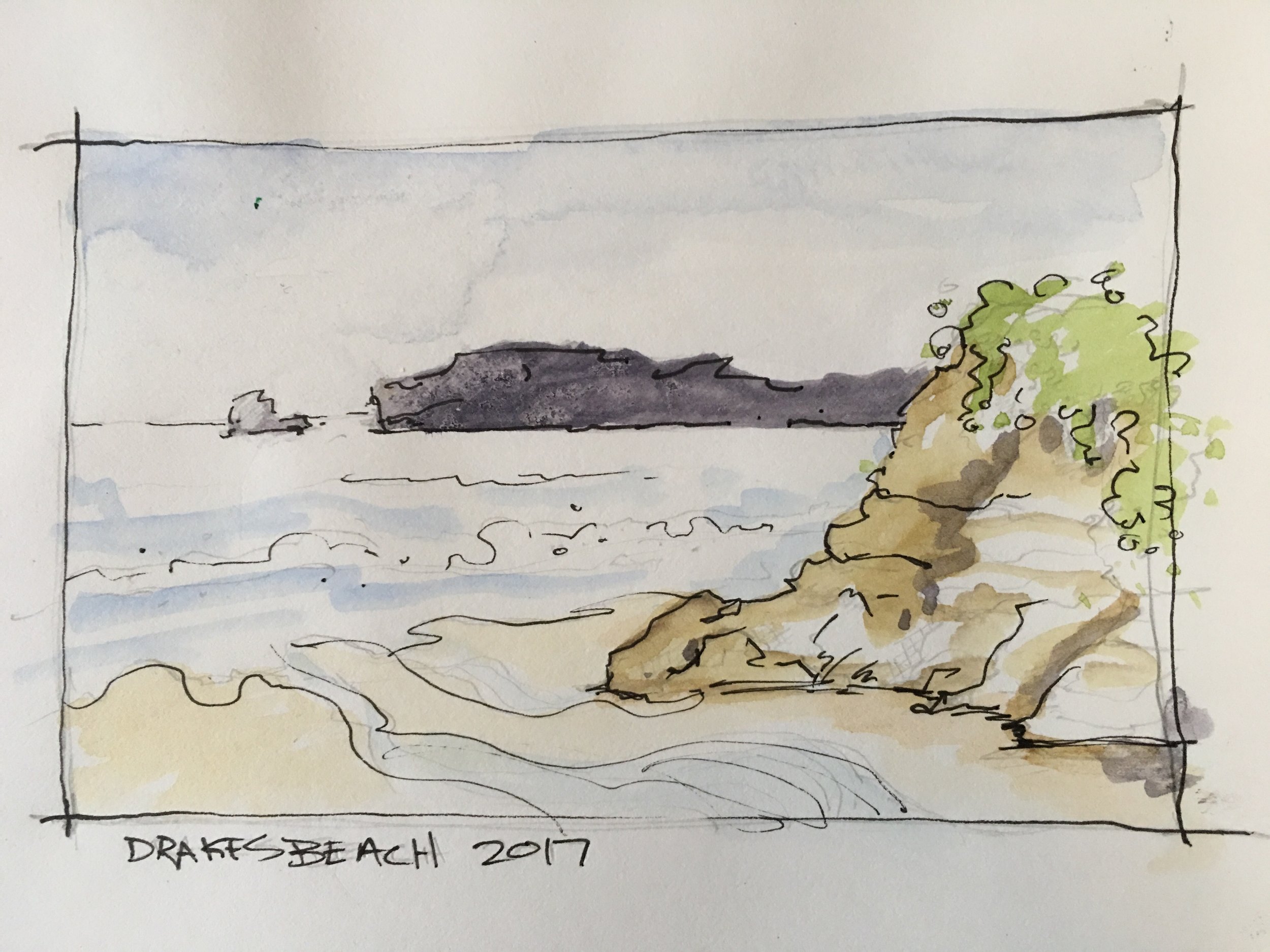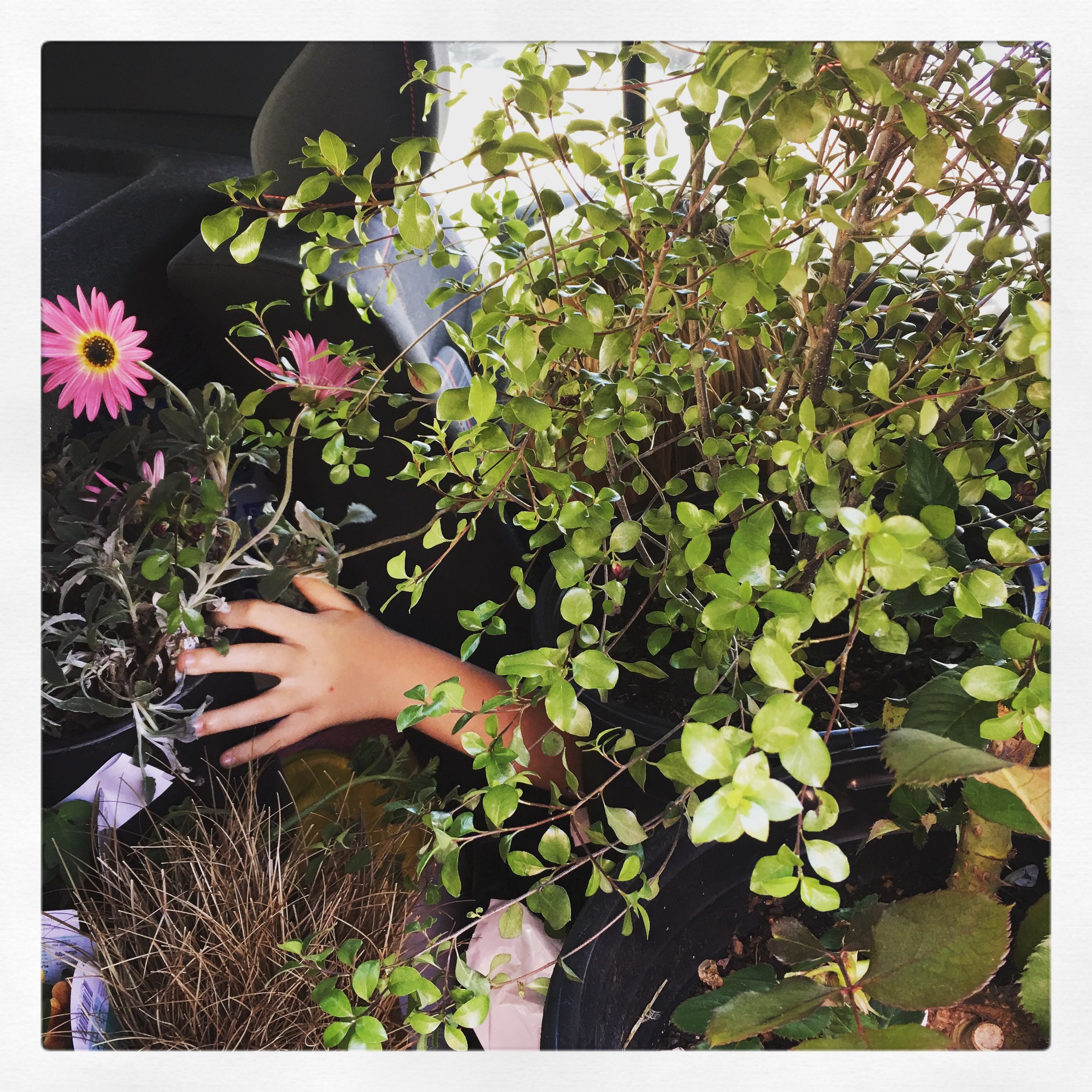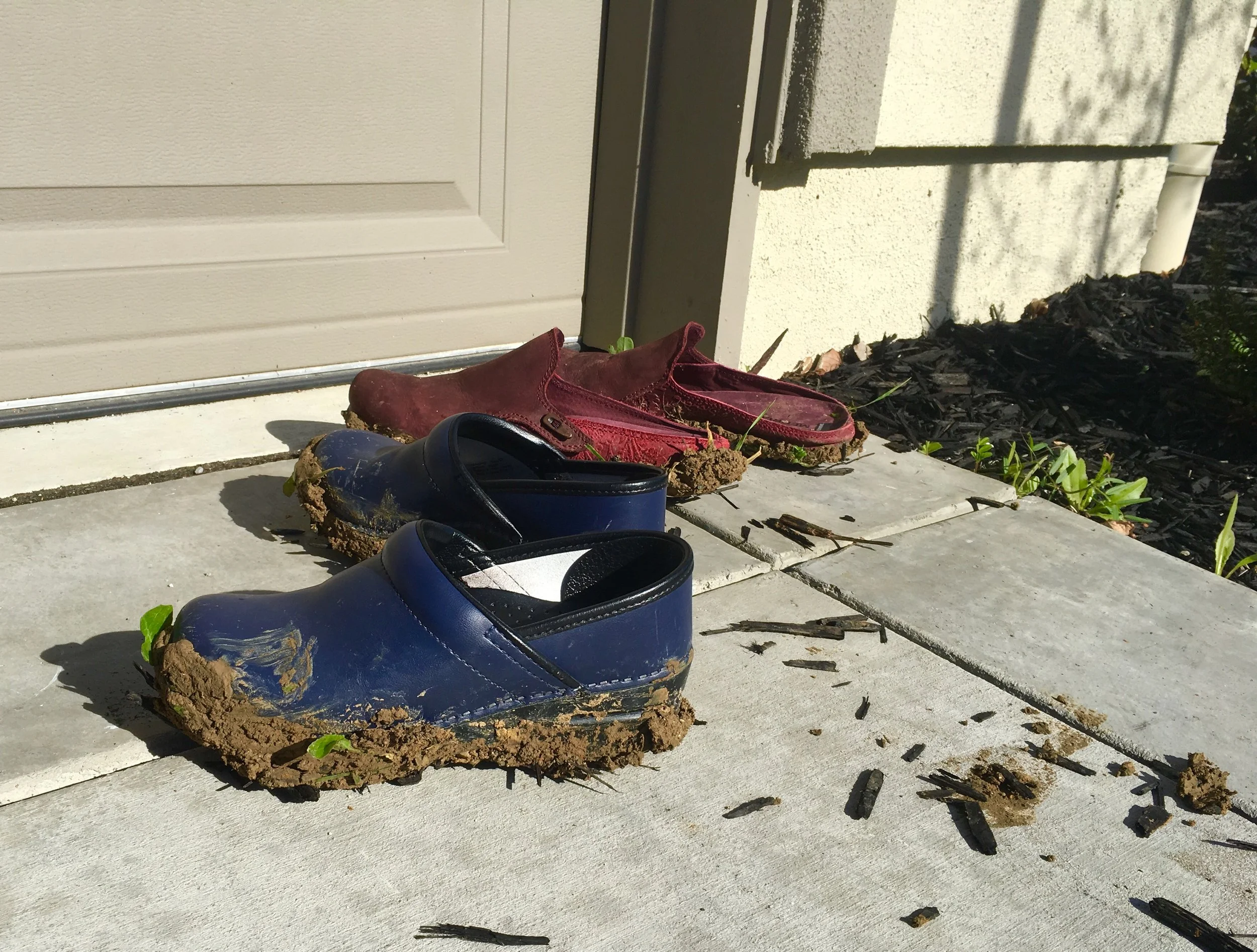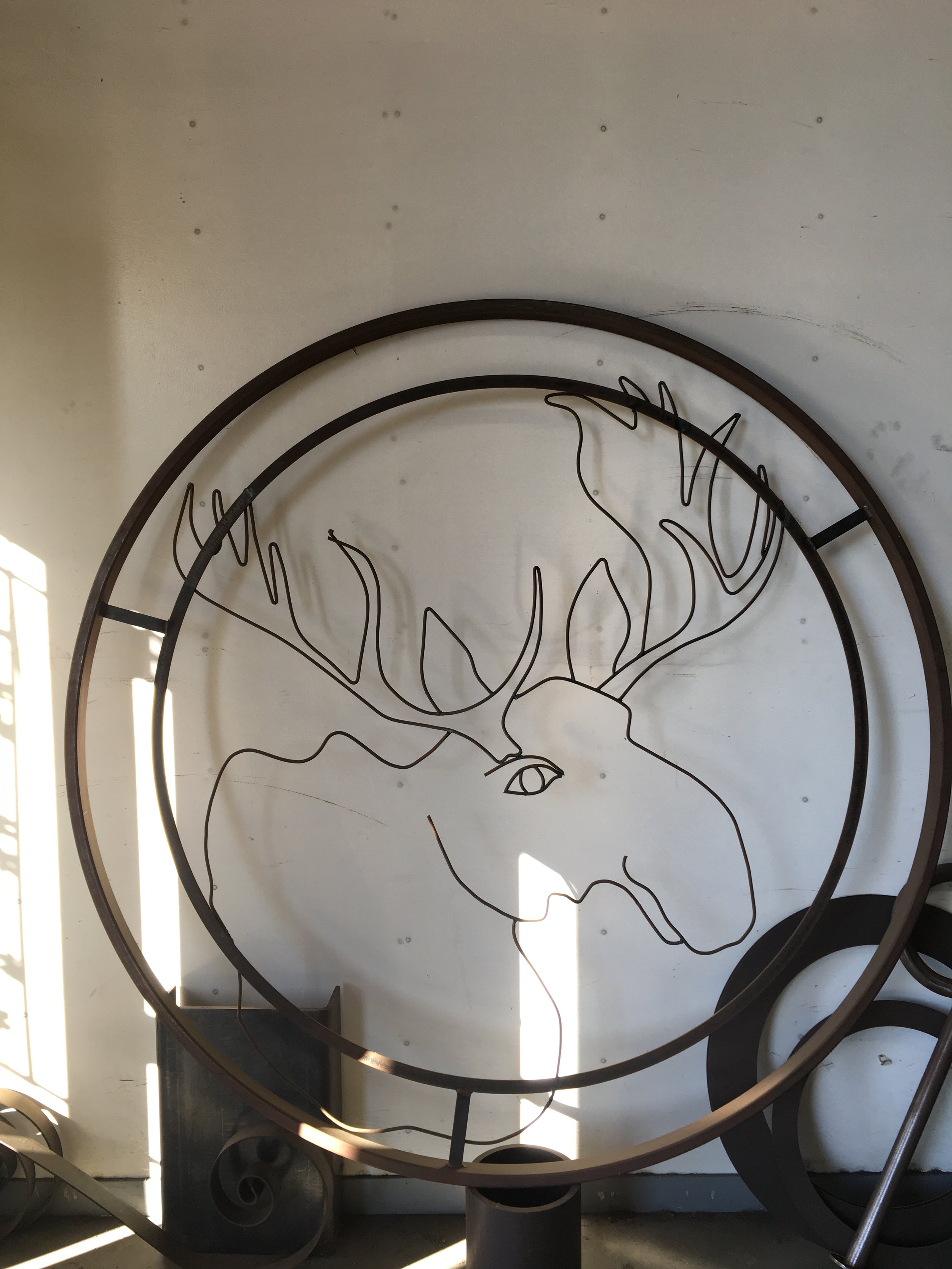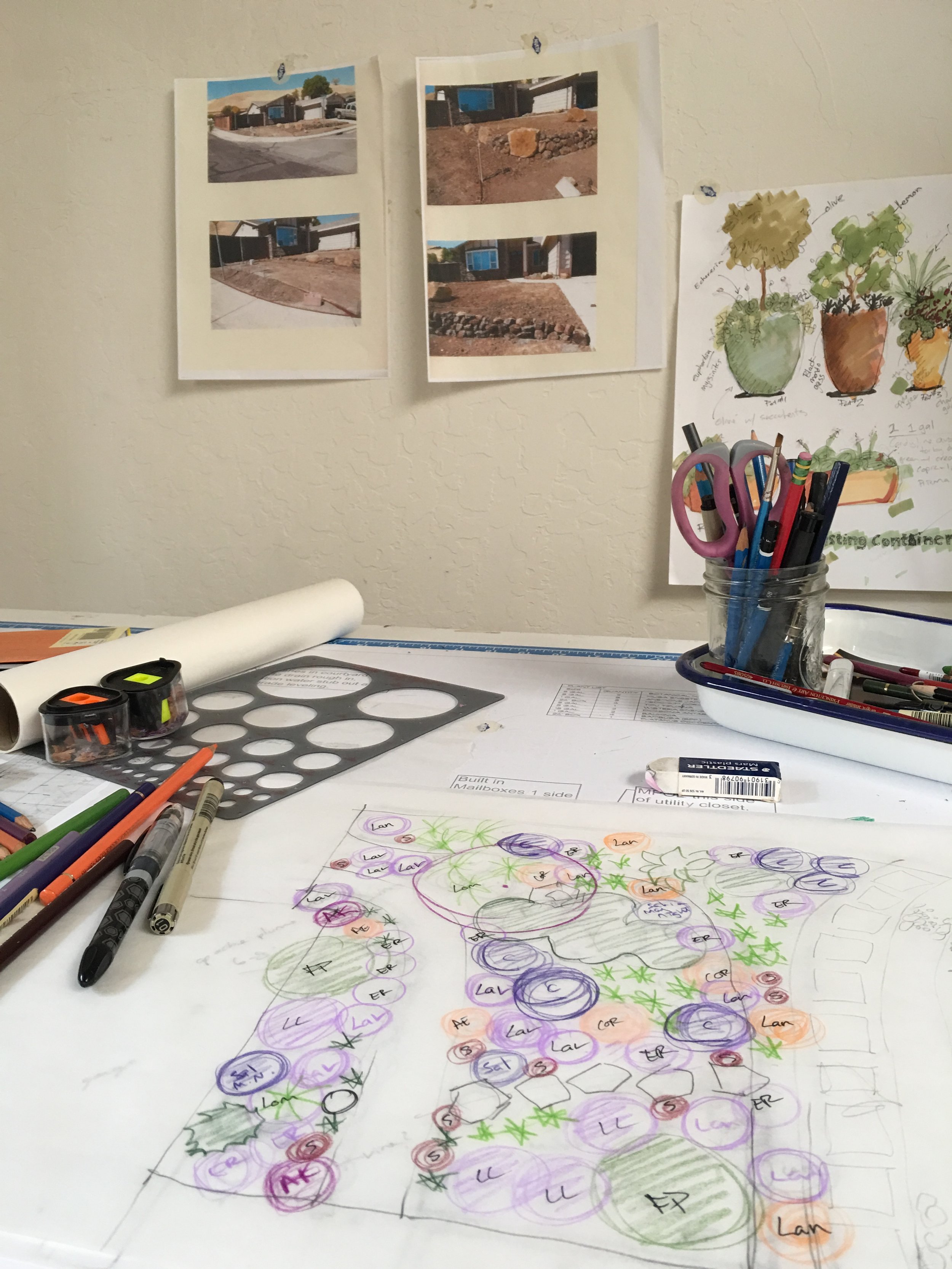In October I took a Saxon Holt Landscape Photography class through the Sacramento APLD. We had some classroom time, during which I did take notes (which I now can’t find!?!), and we visited two gardens for some field experience.
It is important to have some photography basics if you are a landscape designer. When I visit a new site for a potential project I have to take photographs to help me understand the site, to look at sun patterns, views, and practical locations of things in the landscape. These photos don’t have to be attractive necessarily but they do have to be informative. Sometimes a project won’t happen for months after I have initially visited the site and taken those photos, so they have to be good enough to help me remember all the details.
Having photography skills is also crucial for getting photos of in-progress gardens and completed and mature garden projects. You want o showcase your gardens in the best way and we can’t always afford a professional photographer.
I also love to go on garden tours. It’s a great way to see and learn from mature gardens designed by the best in the industry. It’s also great to visit the same gardens multiple times to see how they change over time. Having great photos to look back on for inspiration is so useful.
There’s this thing about garden photography during tours though… it is hard to not just end up with a camera roll full of pictures of
other people’s butts
other people taking pictures of other people’s butts.
The struggle is real and no amount of workshopping is going to help you.
Fortunately, in this workshop, we formed small groups to visit the garden and all felt pretty comfortable saying, “um, could you move your butt for a sec?”
Photograph of a garden with Salvia leucantha in the foreground and light shinning through Pennisetum seed heads in the background. There is also a staked tree with a bell hanging from it.
The above photo has nice light but really would have been better without the tree stake and rubber. I suppose I could photoshop that out?
Some things to think about while photographing a garden:
Time of day - Harsh midday sun is no good for garden photography, early morning or early evening are best
Composition - The rule of thirds applies to photography as much as sketching
Focal Points - A big -’ole mess of green in a photograph is no good, find a focal point!
Long Shots and Vignettes - Photograph your subject from a variety of angles, distances, and lighting varieties.
Other Things - You can photograph the non-plant elements of a garden to help with the journy you are taking your viewers on.











